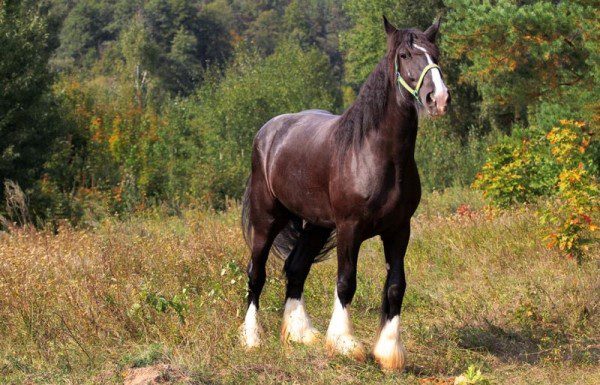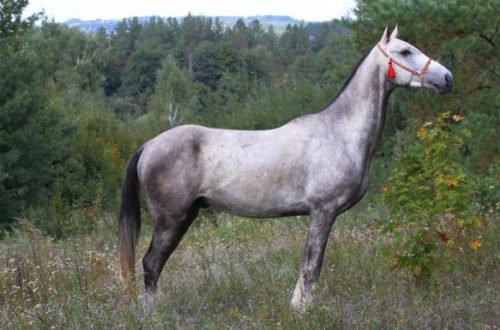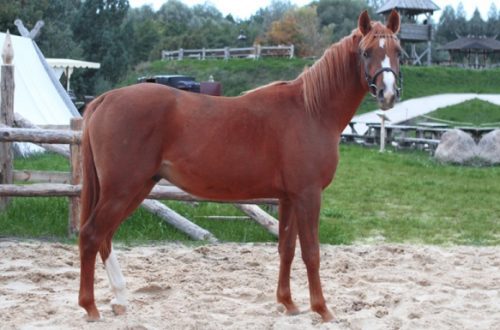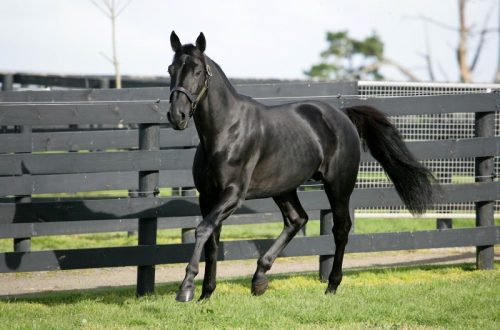
Shire breed

History of the breed
The Shire horse, bred in England, dates back to the time of the conquest of Foggy Albion by the Romans and is one of the oldest draft breeds bred in purity. The truth about the origin of the Shire breed is lost in antiquity, as is the case with many breeds.
However, it is known that in the XNUMXst century AD, the Roman conquerors were surprised to see unusually large horses for that time on the islands of Britain. Heavy war chariots rushed at full gallop at the Roman legions – such maneuvers can only be done by very large and hardy horses.
A closer and more reliable relationship can be traced among the Shires with the so-called “big horse” of the Middle Ages (Great Horse), which came to England along with the soldiers of William the Conqueror (XI century). The “Big Horse” was capable of carrying an armored knight, whose weight, together with a saddle and full armament, exceeded 200 kg. Such a horse was something like a living tank.
The fate of the Shires is inextricably linked with the history of England. The government of the country constantly sought to increase the growth and number of horses. In the XVI century. even several Acts were adopted prohibiting the use for breeding of horses below 154 cm at the withers, as well as preventing any export of horses.
The ancestor of the modern Shire breed is considered to be a stallion named Blind Horse from Packington (Packington Blind Horse). It is he who is listed as the first horse of the Shire breed in the first Shire Stud Book.
Like other heavy-drawn breeds, at different periods of history, the Shires were improved by the influx of blood from other breeds, the northern German Flemish horses from Belgium and the Flanders left a particularly noticeable mark in the breed. Horse breeder Robert Bakewill significantly influenced the Shire by infusing the blood of the best Dutch horses – Friesians.
Shires were used in breeding a new breed of horses – Vladimir heavy trucks.
Features of the exterior of the breed
Horses of this breed are tall. Shires are very large: adult stallions reach a height of 162 to 176 cm at the withers. Mares and geldings are slightly less massive. However, many of the best representatives of the breed reach over 185 cm at the withers. Weight – 800-1225 kg. They have a massive head with a wide forehead, relatively large, wide-set and expressive eyes, a slightly convex profile (Roman), medium-sized ears with sharp tips. A short, well-set neck, muscular shoulders, a short, strong back, a wide and long croup, a fairly high-set tail, powerful legs, on which there is a magnificent overgrowth from the carpal and hock joints – “friezes”, the hooves are large and strong.
The suits are usually bay, dark bay, black (black), karak (dark bay with tan) and gray.
The rider on this wonderful horse feels very comfortable, like on a soft sofa. In addition, most heavy trucks have very soft gaits. But it’s not so easy to raise such a handsome man into a gallop, as well as subsequently stop him.
Shire horses have a calm and balanced temperament. Because of this, the Shire is often used to crossbreed with other horses to end up with obedient foals.
Applications and achievements
Today, the shires can only remember their “combat past” at the parades of Her Majesty’s court cavalry: drummers ride huge gray horses, and interestingly, since the drummers’ hands are busy, they control their shires with their feet – the reins are fastened to their boots.
In the XNUMXth century, these horses began to be used for hard work on farms.
With the disappearance of tournaments and heavily armed knights, the ancestors of the Shire horse were taken to work in harness, pulling wagons over rough, bumpy roads and plows across farmers’ fields. The chronicles of that time mention horses capable of carrying a load of three and a half tons on a bad road, which was broken ruts.
Shires were and are still used by urban brewers in stylized beer keg carts in traction and ploughing competitions.
In 1846, an unusually large foal was born in England. In honor of the biblical hero, he was named Samson, but when the stallion became an adult and reached a height of 219 cm at the withers, he was renamed Mammoth. Under this nickname, he entered the history of horse breeding as the tallest horse that ever lived in the world.
And here is another example. Today in the UK there is a Shire horse named Cracker. It is slightly inferior to the Mammoth in its size. At the withers, this handsome man is 195 cm. But if he raises his head, then the tips of his ears are at a height of almost two and a half meters. He weighs more than a ton (1200 kg) and eats accordingly – he needs 25 kg of hay per day, which is almost three times more than an ordinary medium-sized horse eats.
The Shire’s extraordinary strength and tall stature have allowed them to set several world records. In particular, Shire horses are the official champions in carrying capacity. In April 1924, at a prestigious exhibition in Wembley, 2 Shires were harnessed to a dynamometer and applied a force of about 50 tons. The same horses in a train (a train is a team of horses harnessed in pairs or one in a row), walking along a granite and, moreover, slippery pavement, moved a load weighing 18,5 tons. A Shire gelding named Vulkan performed a jerk at the same show, allowing him to move a load weighing 29,47 tons.





